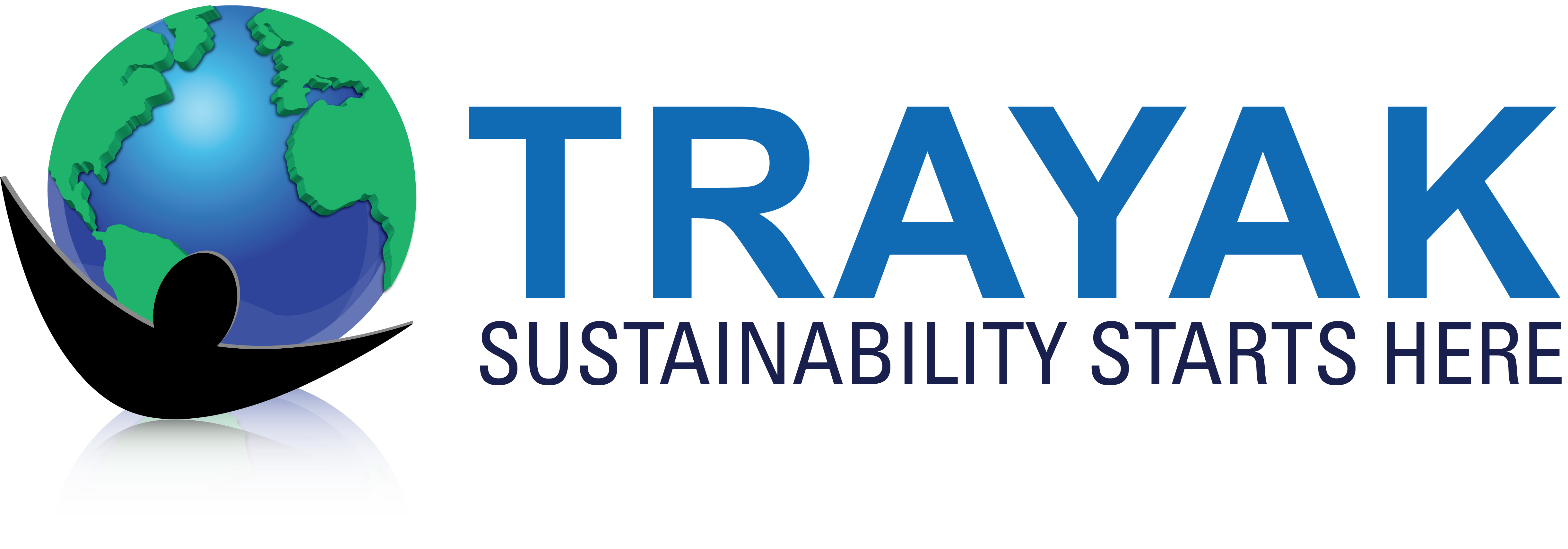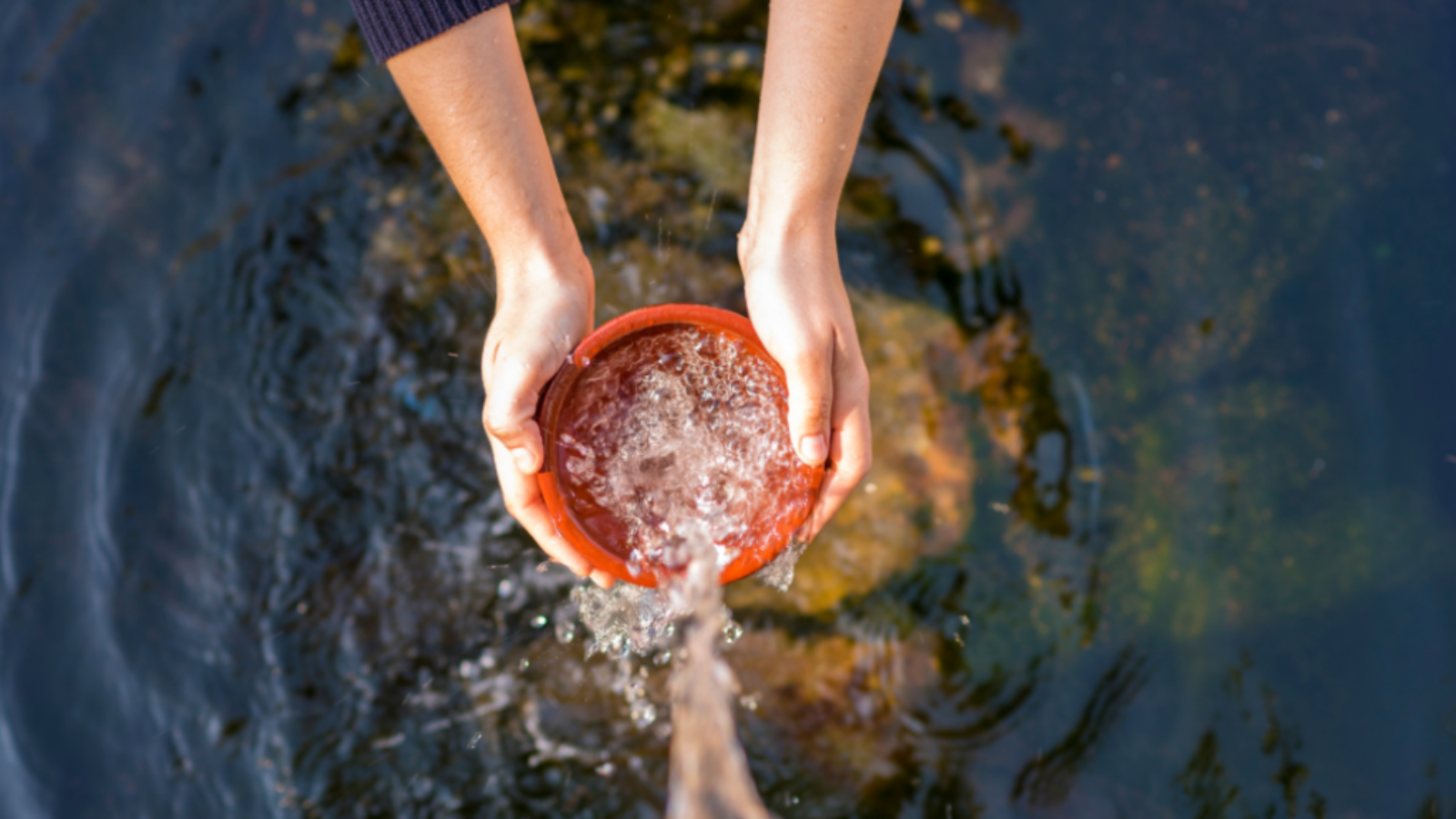Water scarcity impacts every continent on our planet. Lake Mead, the largest water reservoir in the U.S., is barely a third full. In Chennai, India, the municipal water sources are drying up so much that the government has sent out water tankers. The Tigris-Euphrates Basin in the Middle-East is losing water faster than almost anywhere in the world as a result of water stress and climate change! These are only three examples. The United Nations projects that about two-thirds of people on the planet will live in water-stressed areas by 2025.


Add a Comment
You must be logged in to post a comment